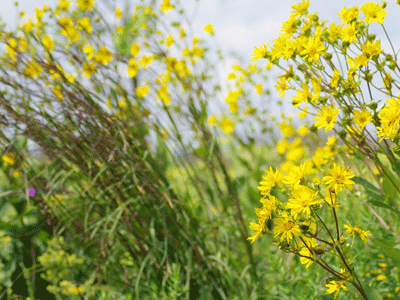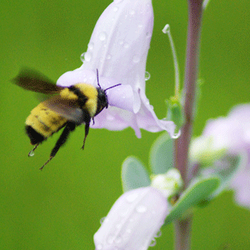NEWSLETTERS ~ CURRENT NEWS ~ BUTTERFLY COUNT ~ CHRISTMAS BIRD COUNT ~ NATIVE PLANTS & PRAIRIE ~ VOLUNTEER
|
Native Plants & Prairies
Information compiled by Joel Dunnette Growing bird-friendly plants will attract and protect the birds you love while making your space beautiful, easy to care for, and better for the environment. With National Audubon's Native Plant Database, you can find the best plants for the birds in your area. Other Organizations Providing Services for Prairie Plantings: (S=seed, P=plants, D=Design, I=install, M=maintenance/consulting)
Restoration & Landscaping:
Identification Books: Wildflowers of Wisconsin and the Great Lakes Region – a comprehensive field guide, by Merel Black and Emmet Judziewicz. University of Wisconsin Press, 2008. Compact, but comprehensive. Tallgrass Prairie Wildflowers, by Doug Ladd and Frank Oberle. Falcon Press and The Nature Conservancy, 1995. Excellent photos and descriptions of many of the tallgrass prairie plants. Newcomb’s Wildflower Guide, by Lawrence Newcomb and Gordon Morrison. Little, Brown and Co., 1977. Includes wildflowers, shrubs and vines of NE + N Central North America. Grasses: an Identification Guide, by Lauren Brown. Houghton Mifflin Co. 1979. Organizations: Prairie Smoke is a SE Minnesota volunteer organization that encourages the restoration, propagation and maintenance of prairies of all sizes, both urban and rural, through education and assistance to landowners, both public and private. The Prairie Enthusiasts – a land trust that manages and restores private and public prairies. Wild Ones - promote the establishment of native communities around homes and businesses, using ecologically sound practices. |
Pollinators
Do you have questions about "going native"? Watch this TedX video of Chris Schad explaining why he created a native prairie on his land - bonus - it involves toast! Learn more about native bees, butterflies & other insects:
Bumble bees
Poison Hemlock alert
July 1, 2017 - There has been a lot of news lately about Poison Hemlock being found in southeast Minnesota. To learn more about this very toxic and invasive plant, and why you should avoid it (and destroy it) if you find it on your property visit z.umn.edu/poisonhemlock. |


